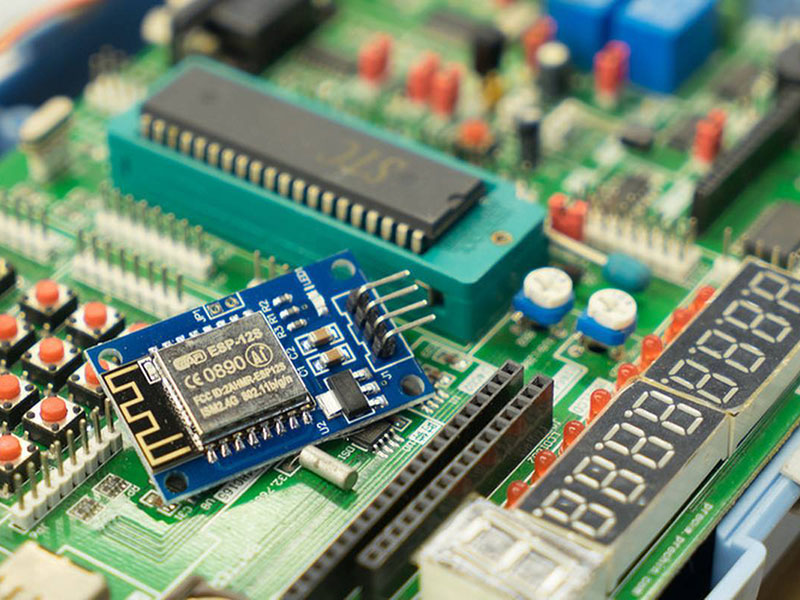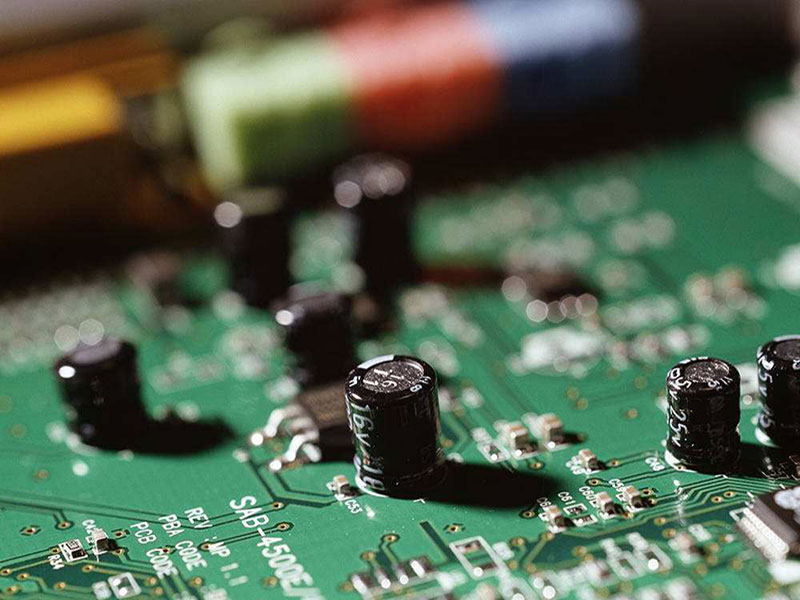Over the past couple of decades, our roadways have transformed. This change is that vehicles are getting smarter. The advantages of this are many, including a significant shift of operation and safety responsibilities from the driver to the automotive system. For example, many vehicles now have an automatic braking system, such as automatic emergency braking (AEB), to manage to slow the vehicle to avoid contingencies.
Even more revolutionary is the increase in electric vehicles (EVs) and autonomous vehicles (AVs) on the road. Although EVs and AVs are based on different technological advancements, both are made possible and rely upon the circuit boards that provide monitoring, control and drive for the mechanical systems that enable automotive functionalities.
To achieve the smart operational requirements of advanced automotive systems necessitates following specific essential automotive printed circuit board design guidelines—which we describe in this article. These guidelines can be best understood by first exploring the challenges of designing boards for these vehicles.
Advanced Automotive System Design Challenges
The primary consideration when designing automotive systems—and other critical industry system electronics, such as aerospace and medical systems—is safety. Therefore, your PCBA design, manufacturing and testing must adhere to automotive industry standards and regulations. In addition to general safety for drivers, these documents help address the challenges of
AV PCBA Challenges
Safety is a significant concern for AVs, especially for vehicles at or above level 3. At these levels, the AV is capable of controlling most vehicle operations up to and including self-driving. Thus, reliable operation is at the top of the list of challenges for AV PCBA design. For example, the failure of any PCBA in the AV object avoidance system could result in an accident. Another primary concern shared with circuit board design for all automotive systems is the boards’ structural integrity to withstand shocks and vibrations.
designing PCBAs for EVs and AVs, as discussed below.
EV PCBA Challenges
The number of consumers opting to forego combustion engine vehicles and purchase EVs, including battery EVs (BEVs), Hybrid EVs (HEVs) and plug-in HEVs (PHEVs), which are more eco-friendly and typically have higher MPG ratings, is steadily growing. There are many reasons for this trend. However, the most important factors are probably comparable performance, range autonomy and price with lower recurring costs. Yet, designing boards for these vehicles is not without challenges.
PCBA Design Challenges
High voltages and currents
Due to the use of either or both high voltage and current for charging and storage, EV system operations must include boards that can process, convert and distribute electrical parameters at multiple levels. Like industrial environments, automotive high voltage boards are susceptible to surface tracking issues due to arcing. Arcing can also be a problem on high current boards due to creeping and clearance distances not meeting standard requirements.
Thermal resistance
Either or both high voltage and current boards typically utilize high power components that generate higher than average volumes of high-temperature heat. Therefore, good management of thermal resistance is critical for your automotive design.
Either or both high voltages and currents and thermal issues are also important considerations when designing AVs. However, the challenges discussed below pose a more significant concern.
It’s necessary to devise and follow a set of guidelines to mitigate or eliminate any negative impact from EV and AV challenges, as discussed in the next section.
Advanced automotive printed circuit board Design Guidelines
As discussed above, there are distinct challenges in designing boards for use in AVs and EVs. Fortunately, there is a set of automotive printed circuit board design guidelines that, if followed, will go a long way toward ensuring your board development will yield high-quality, reliable PCBAs.
Designing PCBAs for Advanced Automotive Systems
Know and follow automotive design standards
The first requirement for designing boards that meet advanced automotive systems requirements is to know and follow applicable standards, such as the IPC-6012DA Automotive Standard.
Perform thermal analysis and optimize thermal dissipation and distribution
Applying good PCB thermal design techniques that include manufacturing considerations is imperative. However, the biggest concern is heat dissipation techniques, as either or both high voltage and high current components can create hot spots on the board.
Follow good grounding rules
Another important consideration when designing automotive system boards is grounding. As vehicles do not contact earth ground, their electronic systems must be designed to utilize chassis grounding techniques.
Ensure your CM partner has an agile manufacturing process
Automotive systems consist of many elements, many of which are either or both circuit boards and electronic components. And designing PCBAs for these complicated systems can be a dynamic process that must adjust to changes in performance, operational or other objectives. The best way to ensure that your development process can respond quickly in this environment is to work with a CM that incorporates agile manufacturing capabilities.
Work with your CM throughout the design
The importance of working with the right CM can not be overstated for optimizing your automotive printed circuit board assembly development. Moreover, the relationship should begin with design and exist throughout development such that your design intent is accurately incorporated at each stage and reflected in the final product.
Tempo’s Custom AV & EV automotive printed circuit boardA Manufacturing Service
ISO-9001, IPC-600, and IPC-610 commitment to quality certifications.
Accurate quote in less than a day.
DFX support, including DFM, DFA, and DFT from Day 1 of design.
Entire turnkey PCB manufacturing in as fast as 4 days.
Agile manufacturing process to quickly adapt to fast-evolving EV and AV industry.
Extreme temperature environment targeted manufacturing.
Board cleaning and protection techniques to avoid contamination and premature failure.
Use reliable supplier component sourcing for quality, reliability, and traceability.
Performs multiple automated inspections during PCB assembly to ensure quality for prototyping and low volume production.
Designing boards for automotive systems, especially EVs and AVs, can be a challenging process. However, by following guidelines, such as those listed above, and working with a qualified CM, you can produce boards to meet the necessary safety and reliability requirements.



